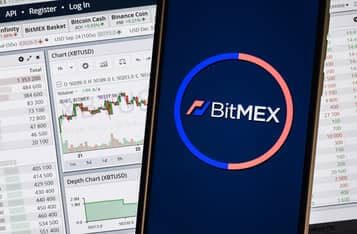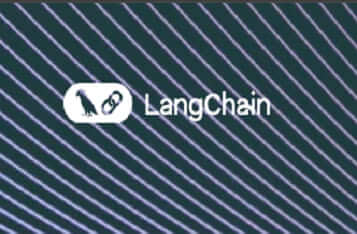Exploring the Future of Asset Tokenization: Opportunities and Challenges
The estimated worth of asset tokenization today is as much as $3.5 billion, with projections suggesting it could reach $16 trillion by 2030. This burgeoning market represents a massive opportunity, but what’s holding the technology back from fully realizing its potential? This question was central to discussions at the London Tokenisation Policy Summit earlier this year, hosted by Ripple (XRP) and the Imperial College Business School’s Centre for Financial Technology.
Tokenization Use Cases: The “Real Deal” of Digitization
Tokenization promises to remove payment gateway intermediaries, improve payment processor efficiencies, ensure data protection, privacy, and transparency, and enable real-time settlement. These capabilities position tokenization as a transformative function of blockchain technology with the potential for significant impact across various sectors.
From tokenized mortgages, consumer loans, and microloans to property purchases and treasury notes, the applications are vast. Tokenization can enhance capital flows for small- and medium-sized enterprises, improve efficiencies in carbon credit trading, and offer better price discovery compared to traditional assets.
However, challenges to mainstream adoption persist. The lack of well-established Special Purpose Vehicles complicates the tokenization of real-world assets. Cross-chain protocols are necessary for better interoperability, and limited liquidity in secondary markets elevates investment risks. Providers that can simplify tokenization into a single offering are needed to break down silos between financial ecosystems.
To overcome these hurdles, three key areas of emphasis have been identified: collateralization, valuation, and passkeys. Ensuring that tokens are backed by sufficient reserves, hold consistent value internationally, and are protected through secure key management will help foster trust and adoption.
A New Financial Framework
A robust regulatory framework is crucial to underpin the tokenized economy. Such a framework would provide the necessary structure, safeguards, and confidence for sustainable growth and development. Regulatory variance between countries, particularly in Europe, poses a significant challenge. Differing traditional ownership rights within EU member nations hinder a pan-EU approach.
Gaps in digital asset governance also exist. For instance, Luxembourg boasts a digital security depository, while the UK does not. The increasing use of distributed ledger technology in financial markets could lead to regulatory arbitrage due to these differences.
Communication with policymakers is key to resolving these issues. Public and private collaboration is essential to produce government policies that support regulatory development and innovation. Understanding the benefits of tokenization is crucial, especially among those outside the financial sector.
The UK is committed to boosting digital innovation through improved policy to compete with larger markets like the U.S. and China. It aims to promote digital assets by empowering financial regulators to create flexible rulebooks, supporting aligned risk management initiatives, and addressing international opportunities and challenges. A new UK framework for crypto tokens and digital assets, including stablecoins, is currently in development.
Looking Ahead
Tokenization is more than just a buzzword; it’s a rapidly growing movement poised to reshape the financial landscape. Improving efficiencies and interoperability between countries through tokenization could significantly reduce the 5–6% of global GDP lost annually to system friction, boosting long-term revenue for all market participants.
Banks, traditional finance players, and regulators are key to furthering the adoption of tokenization. Realizing its full potential will require concerted efforts incorporating policies that enable scaling, regulatory clarity, continuous education, and collaboration.
For more detailed insights, read the full article on ripple.com.






